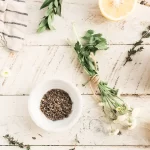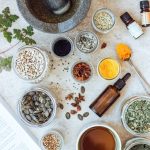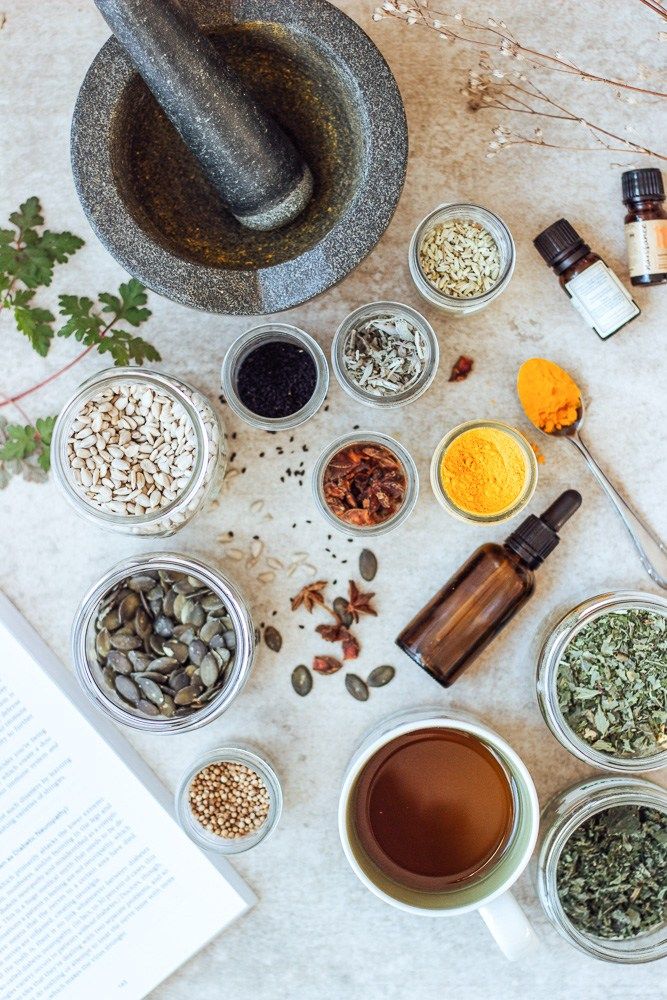
What Is Anemia?
In Ayurvedic literature, anemia is often related to as “pandu” – white colour or pallor. If you are anemic, your skin, tongue and nails look pale, and an easy test to carry out at home is to pull down your lower eyelid to see the conjunctiva. If it is a red or pink colour, you are healthy. If it is pale pink or white, you might be anemic.
In Western medicine, anemia is characterised by low levels of red blood cells, ferritin and hemoglobin. This leads to decerased blood volume, affecting the overall nourishment and oxygenation of all bodily tissues.
In Ayurveda, ojas means ultimate power of vitality and nourishing energy in the body. Depleted ojas creates fatigue, discoloration of the skin and tissues, emaciation of the tissues, dryness of the skin and cracking of the joints.
Agni is a metabolic fire of the hematopoetic system and represents our ability to digest food and extract the nutrients we get from our diet, sunshine and air. It is believed to be at the root of all illnesses, because weak agni leads to malnutrition and creates space for diseases to develop.
Ayurveda has 5 major classifications of anemia: Vata type, Pitta type, Kapha type, Tridoshic anemia and Krumi (parasites in sanskrit) anemia.
In western medicine, these types of anemia are referred as:
- Iron deficiency anemia
- Folic acid deficiency anemia
- Pernicious anemia
- Aplastic anemia
- Hemolytic anemia
- Hemorrhagic anemia
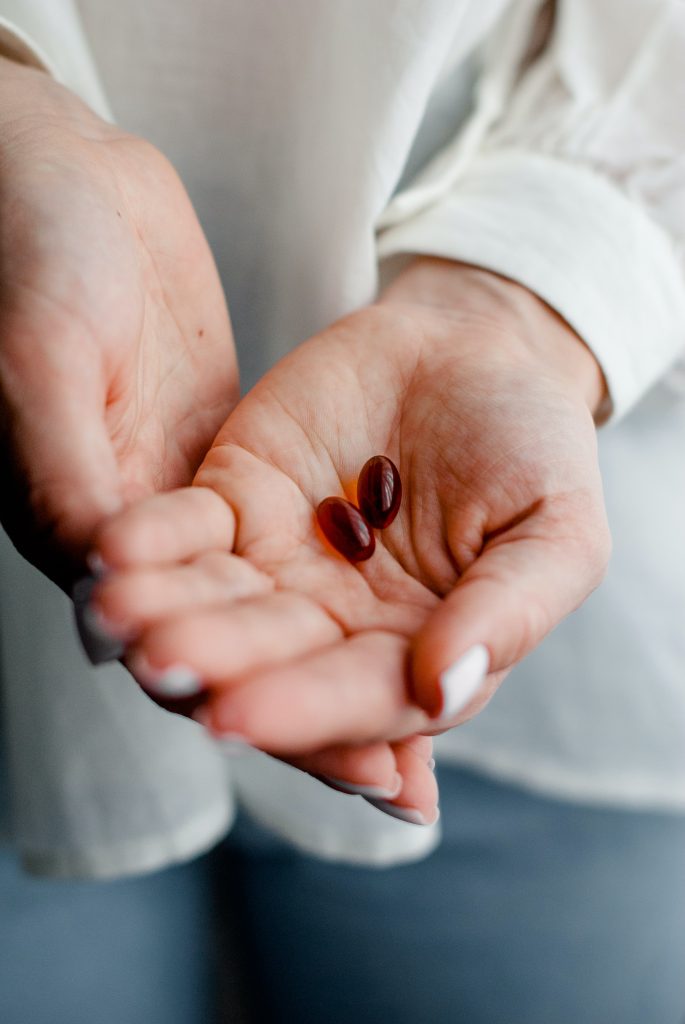
Causes of Anemia
Each person is unique and we have to look into your medical history to determine the root cause, which can be one or more of the following:
- Deficiency in certain vitamins or minerals/ inability to absorb those substances (iron deficiency or B12 deficiency anemia)
- Long lingering disease which depletes our body resources
- Inherited genetic predisposition in the blood
- Depleted bone marrow, resulting in the improper production of RBC
- Bleeding disorders/blood loss due to accident or surgery
- Cancer (including leukemia)
- Disorders related to the disrupted menstrual cycle in women
- Poor diet, lacking in nutrients or insufficient intake of food
- Insufficient exposure to sunlight
- Autoimmune disorders, causing excessive destruction of the blood cells

Signs and Symptoms of Anemia
Signs and symptoms greatly vary depending on your constitution. You can have an idea of what type it is looking at your skin. For example, Vata anemia (aplastic or microcytic anemia) usually shows dry pale skin. Pitta anemia (hemolytic, hemorrhagic, aplastic, pernicious) shows yellowish skin. Kapha anemia (megaloblastic anemia) shows pale, cold, clammy and swollen skin.
Other symptoms of anemia include but are not limited to:
- Pale conjuctiva, nails, tongue and lips
- Creases of the palms
- Fatigue, very low level of energy due to lack of nourishment and jivanam (oxygenation and life-force energy)
- Increased heart rate or palpitation, as the heart struggles to pump blood carrying oxygen to the tissues
- Headaches, as a result of reduced oxygenation and increased heart rate
- Dizziness, ringing in the ears, fainting due to decreased blood volume
- Poor digestion and loss of appetite
Proper treatment of anemia requires deeper understanding the type of anemia. This could be determined through pulse diagnosis and other methods used by a practitioner during your consultation.
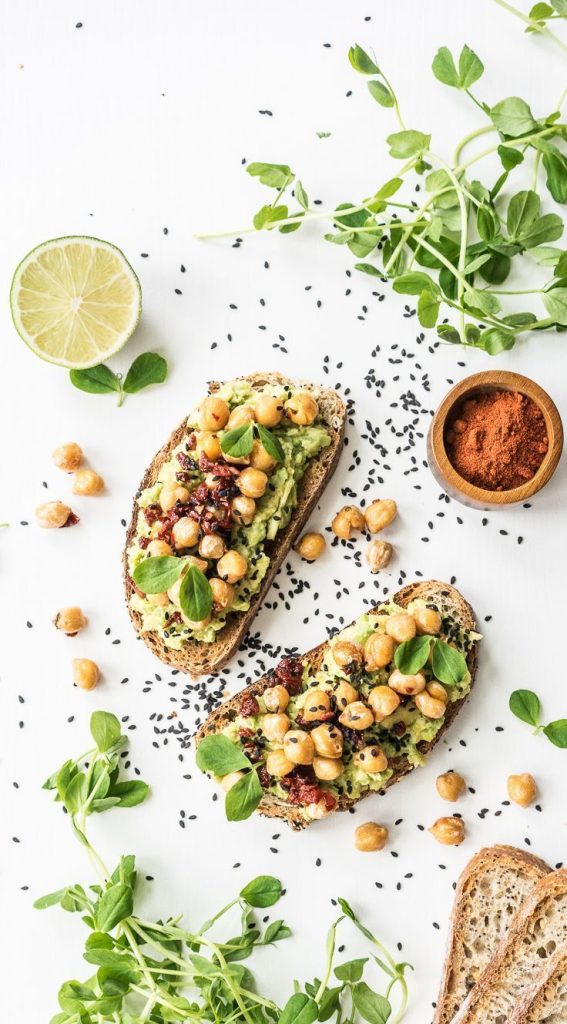
Diet Recommendations for Anemia
The main goal of chikitsa (recommendation protocol) for anemia is to improve the blood volume and red blood cells count.
Make sure to include these in your daily meals:
- Protein rich foods (mung beans, lentils, chickpeas) as hemoglobin is a protein
- Blood supporting vegetables (beetroot, carrots, leafy greens, pumpkin seeds, broccoli, Brussels sprouts)
- Orange and pomegranate juices contain vitamin C and help increase the absorption of iron
- Cranberries, oranges, grapes, raisins and currants
- Ghee nourishes ojas and increases agni (digestive fire)
Most anemic patients have poor blood circulation and cold extremities, so warm meals are your best choice: soup, stew, curry and dahl to name a few.

Ayurvedic herbs and Supplements for Anemia
There is a wide variety of blood-building herbs and Ayurvedic mixtures that are used for anemia:
- Tikta ghita (herbal medicated ghee) or ghrita madhu yoga (ghee and honey)
- Bhasmas (loha bhasma, abhrak bhasma and vanga bhasma)
- Ashwagandha
- Bala
- Dashamula
- Shatavari
- Guduchi
- Chyavanprash is a great way to support the overall nutrition of the body
- Triphala for regulating bowel movements and a mild detox
Nevertheless, you can’t just buy everything on this list and expect to heal yourself. Different herbs and foods are used for different types of anemia, depending on the root cause of the condition. With Ayurveda, it is crucial to consult with a certified Ayurvedic practitioner, as a wrong protocol can cause more harm than good. On the other side, with the right treatment you will achieve extraordinary results that you haven’t even dreamt of! Let us support you on your health journey with the ancient wisdom of Ayurveda!
Book your Complementary Discovery Call today and let us guide you to the best offering available for you. We look forward to working with you!
